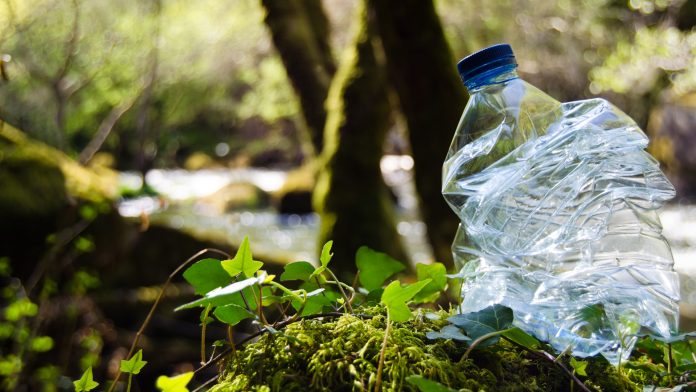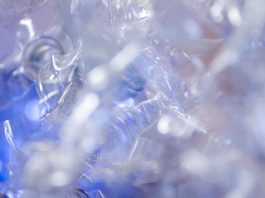In a novel environmentally friendly process, plastics manufactured using biomass (bioplastics) are chemically recycled back into fertilisers.
Plastics are ubiquitous, with applications in every area of our lives. Whilst plastics are very useful, synthetic polymers, which form the basis of plastics, contribute to many concerning sustainability and environmental issues.
Recycling bioplastics
The most damaging of these concerns is the excessive use of petrochemical compounds and the discarding of non-biodegradable materials without recycling. In fact, only 14% of all plastic waste is recycled, which does not go a long way in counteracting this problem.
In order to overcome this difficulty, we must introduce circular systems, in which the source materials used to manufacture the plastics come full circle after disposal and recycling.
At Tokyo Institute of Technology, a group of scientists led by Assistant Professor Daisuke Aoki and Professor Hideyuki Otsuka is initiating a novel concept. In their new sustainable process, plastics manufactured using biomass (bioplastics) are chemically recycled back into fertilisers.
Utilising PIC
The scientists centred their research on poly (isosorbide carbonate), or “PIC,” which is a type of bio-based polycarbonate that has gained much attention as a replacement to petroleum-based polycarbonates. PIC is created by utilising a non-toxic material obtained from glucose, known as isosorbide (ISB), as a monomer.
What is fascinating about this technique is that the carbonate links that join the ISB units can be severed by applying ammonia (NH3) in a process called ‘ammonolysis’. The method produces urea, a nitrogen-rich molecule that is widely used as a fertiliser. Prior to this research, very few studies on polymer degradation have focused on the possible applications of all the degradation products instead of only the monomers.
Initially, the team examined how well the complete ammonolysis of PIC could be conducted in water at mild conditions (30°C and atmospheric pressure). The underlying principle behind this decision was to evade the application of organic solvents and excessive amounts of energy.
The group meticulously analysed all the reaction products through various means, such as nuclear magnetic resonance spectroscopy, the Fourier transform infrared spectroscopy, and gel permeation chromatography.
While the team were able to produce urea in this way, the degradation of PIC was not complete even after 24 hours, with many ISB byproducts still present. Consequently, the group tried increasing the temperature and discovered that complete degradation could be attained in approximately six hours at 90°C.
“The reaction occurs without any catalyst, demonstrating that the ammonolysis of PIC can be easily performed using aqueous ammonia and heating. Thus, this procedure is operationally simple and environmentally friendly from the viewpoint of chemical recycling,” said Dr Aoki, highlighting the benefit of this technique.









